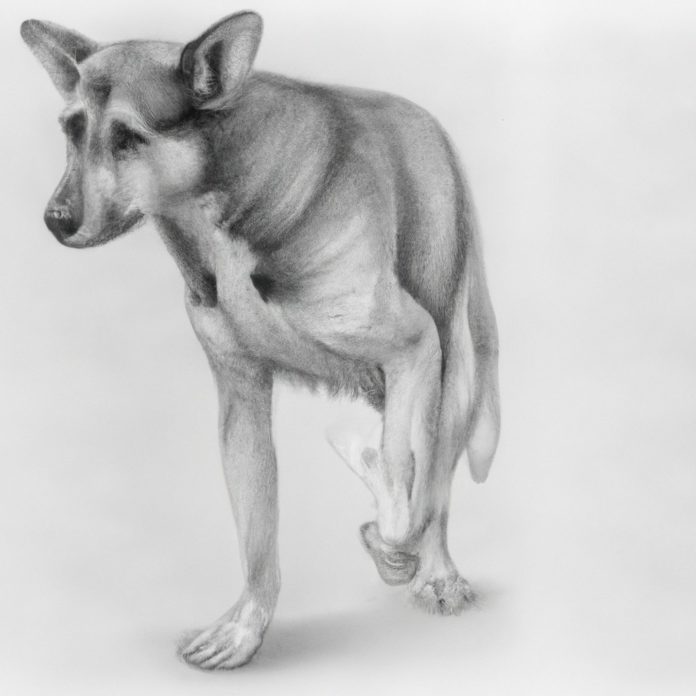Dear VetBabble: What Could Be Causing My Dog’s Hair Loss and Redness on His Leg?
Wondering what this could be. It seems to irritate him, he constantly bites and licks it. It’s on one of his back paws. Thank you for using VetBabble!
As a warmhearted and friendly veterinarian, I understand your concern for your dog’s health and well-being. Your question is a common one and many other pet owners may share your concerns. It’s important to determine the underlying cause of your pet’s symptoms, which may include hair loss, redness, and discomfort around the affected area. In this informative article, I will discuss possible reasons for these symptoms and provide guidance on next steps and proper care.
Possible Reasons for Hair Loss and Redness
There are a few potential explanations for the hair loss and redness you’ve noticed on your dog’s paw. One possibility is a condition called mange, which is a skin disease caused by microscopic mites. Mange can cause itching, hair loss, and redness in the affected areas. Another explanation could be excessive paw licking, which can be a sign of various underlying issues. If you’re wondering “Why Does My Dog Lick His Paws?,” it’s essential to understand that this behavior can result from allergies, anxiety, or other health problems. In addition, hair loss on your dog’s leg could be due to allergies. Dogs can develop allergic reactions to food, environmental allergens, or flea bites, leading to redness, itching, and hair loss. Finally, you mentioned that the affected area appears irritated, which could indicate a fungal infection called ringworm. To learn more about this condition and its symptoms, you can refer to our “Why is my dog’s hair falling out? Alopecia, allergies and other causes of hair loss in dogs” article.
What To Do About Your Dog’s Hair Loss and Redness
To determine the exact cause of your dog’s symptoms and establish an appropriate treatment plan, it’s important to visit your veterinarian as soon as possible. In the meantime, consider using an E-collar or “cone” to prevent your dog from further licking or biting the affected area. This will help reduce the risk of infection or damage to the skin. To keep yourself and your family safe, you should also regularly wash your hands with warm soapy water, especially after touching your dog’s paws or the affected area. This is important because certain skin conditions, like ringworm, can be transmitted to people.
Final Thoughts
Your concern for your pet’s health is commendable, and seeking information to better understand your dog’s symptoms is an essential step in helping them feel better. By considering potential causes like mange, allergies, and fungal infections, you’re better equipped to address your dog’s hair loss and redness. Don’t hesitate to reach out to your veterinarian for a proper diagnosis and treatment plan. In the meantime, take preventative measures such as using an E-collar and practicing good hygiene to ensure your dog’s comfort and your family’s safety. Remember, you’re not alone in your concern for your pet’s well-being, and VetBabble is always here to help!









